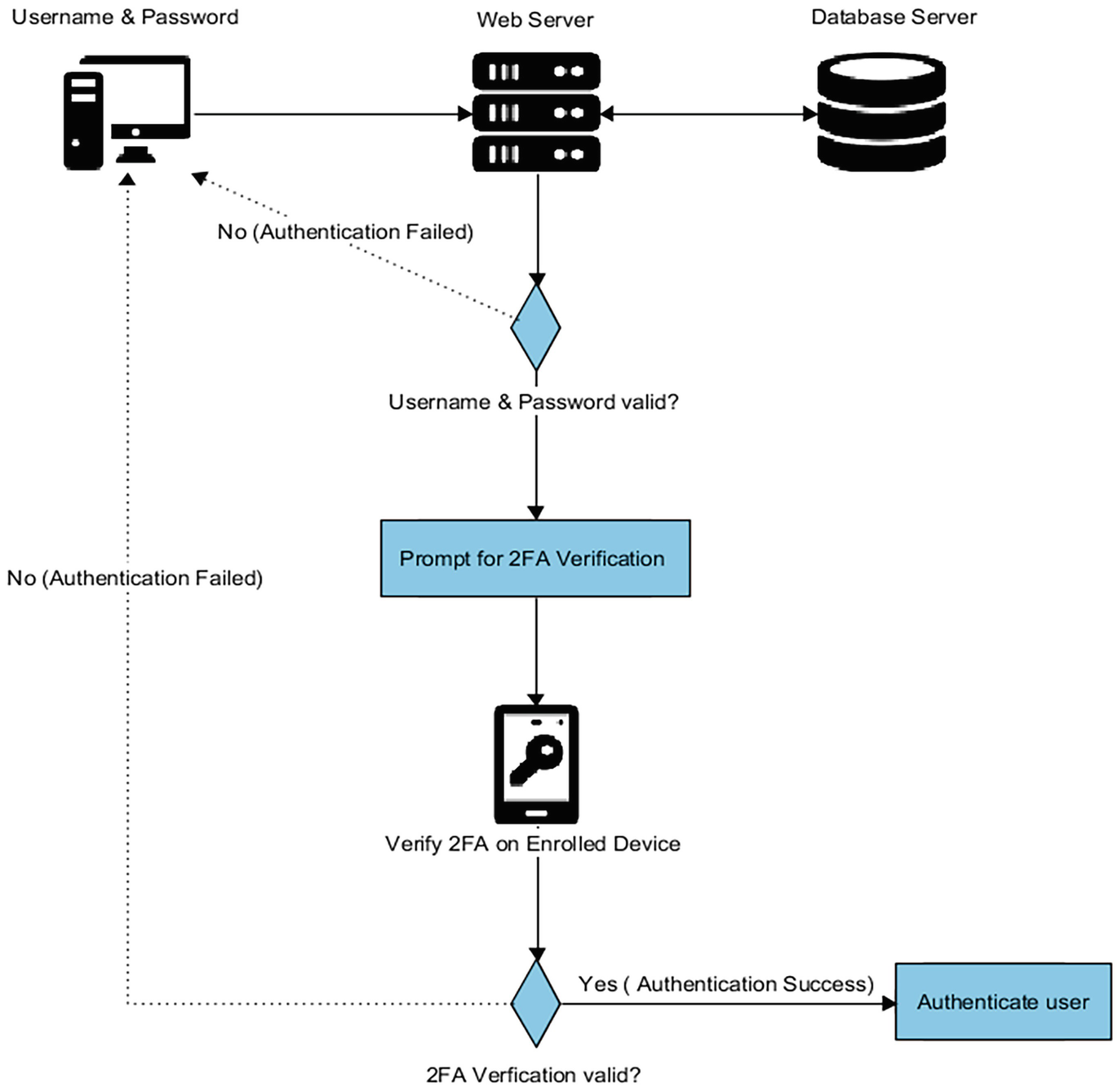


In a real world scenario, a client would make a request to the server and pass the token with the request. What this means is that a token can be easily decoded and its contents revealed. Tokens are signed to protect against manipulation, they are not encrypted. The payload contains the claims data that the token is encoding. The header consists of metadata including the type of token and the hashing algorithm used to sign the token. The header and payload are Base64 encoded, then concatenated by a period, finally the result is algorithmically signed producing a token in the form of header. JWT has gained mass popularity due to its compact size which allows tokens to be easily transmitted via query strings, header attributes and within the body of a POST request. Token based authentication works by ensuring that each request to a server is accompanied by a signed token which the server verifies for authenticity and only then responds to the request. A token is a piece of data that has no meaning or use on its own, but combined with the correct tokenization system, becomes a vital player in securing your application.
#Why does my steam auth ticket canceled mean how to
Learn about token based authentication and how to easily implement JWT in your applications.


 0 kommentar(er)
0 kommentar(er)
